Mastering Windows Security and Hardening. Secure and protect your Windows environment from intruders, malware attacks, and other cyber threats Mark Dunkerley, Matt Tumbarello
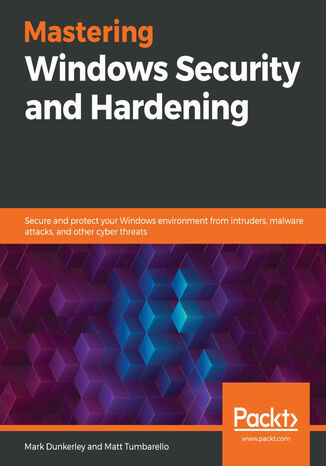



- Autorzy:
- Mark Dunkerley, Matt Tumbarello
- Serie wydawnicze:
- Mastering
- Wydawnictwo:
- Packt Publishing
- Ocena:
- Stron:
- 572
- Dostępne formaty:
-
PDFePubMobi
Opis
książki
:
Mastering Windows Security and Hardening. Secure and protect your Windows environment from intruders, malware attacks, and other cyber threats
Mastering Windows Security and Hardening is a detailed guide that helps you gain expertise when implementing efficient security measures and creating robust defense solutions.
We will begin with an introduction to Windows security fundamentals, baselining, and the importance of building a baseline for an organization. As you advance, you will learn how to effectively secure and harden your Windows-based system, protect identities, and even manage access. In the concluding chapters, the book will take you through testing, monitoring, and security operations. In addition to this, you’ll be equipped with the tools you need to ensure compliance and continuous monitoring through security operations.
By the end of this book, you’ll have developed a full understanding of the processes and tools involved in securing and hardening your Windows environment.
Wybrane bestsellery
Zobacz pozostałe książki z serii Mastering
Packt Publishing - inne książki
Dzięki opcji "Druk na żądanie" do sprzedaży wracają tytuły Grupy Helion, które cieszyły sie dużym zainteresowaniem, a których nakład został wyprzedany.
Dla naszych Czytelników wydrukowaliśmy dodatkową pulę egzemplarzy w technice druku cyfrowego.
Co powinieneś wiedzieć o usłudze "Druk na żądanie":
- usługa obejmuje tylko widoczną poniżej listę tytułów, którą na bieżąco aktualizujemy;
- cena książki może być wyższa od początkowej ceny detalicznej, co jest spowodowane kosztami druku cyfrowego (wyższymi niż koszty tradycyjnego druku offsetowego). Obowiązująca cena jest zawsze podawana na stronie WWW książki;
- zawartość książki wraz z dodatkami (płyta CD, DVD) odpowiada jej pierwotnemu wydaniu i jest w pełni komplementarna;
- usługa nie obejmuje książek w kolorze.
Masz pytanie o konkretny tytuł? Napisz do nas: sklep@helion.pl
Książka drukowana





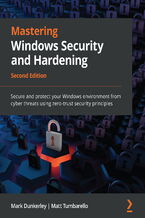
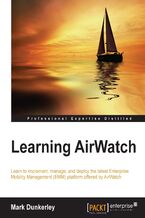
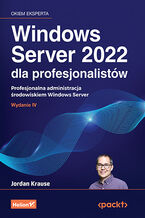
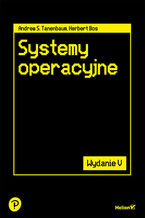
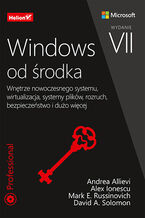
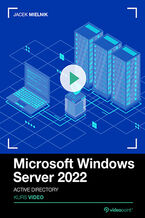
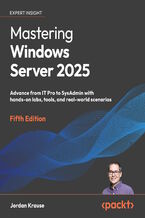
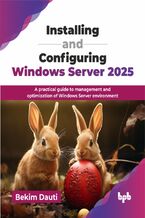
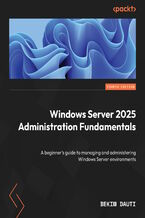

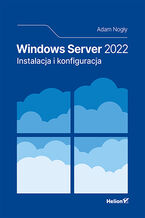
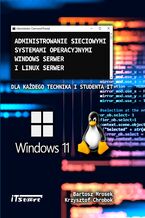



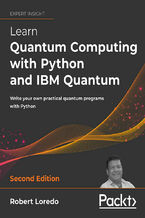

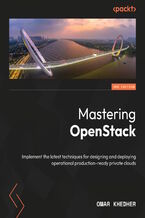


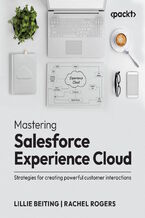






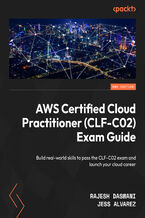

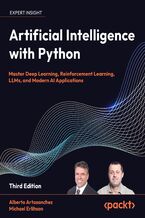
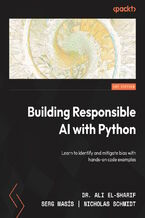
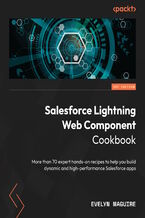
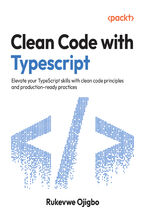
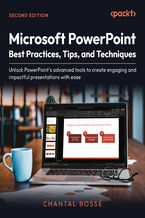




Oceny i opinie klientów: Mastering Windows Security and Hardening. Secure and protect your Windows environment from intruders, malware attacks, and other cyber threats Mark Dunkerley, Matt Tumbarello
(0)